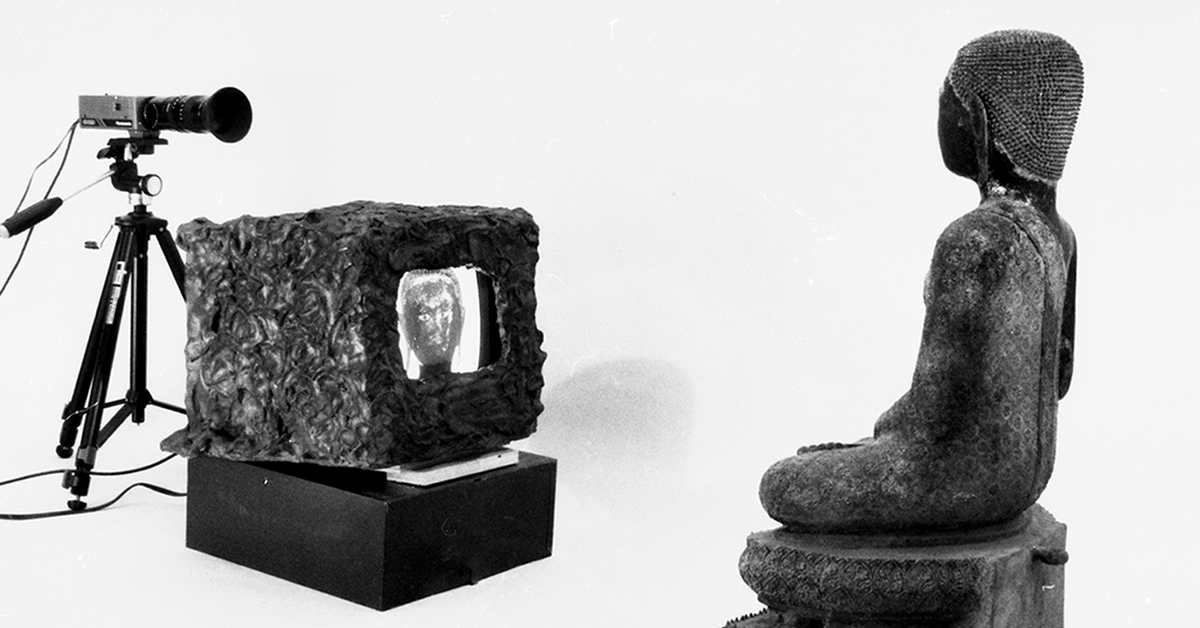After searching for great leaders around the world, I stumbled across some of the best I have ever found in Traverse City, Michigan—a humble community bordering one of the Great Lakes.
Really, I’m not exaggerating.
I’ve worked with leaders in Asia, Europe, Africa, Latin America, and North America and, just when I was about to retire in this pristine Northern Michigan community, I accidentally encountered the most inspiring leaders I have ever met.
Who knew? I could have saved myself a lot of time and travel.
If you are a regular reader of this blog, you know I have written extensively on leadership, spirituality, and corporate culture. If you want an example, read my post on corporate spirit.
In this post, I will suggest 10 steps for becoming a spiritual leader and share how my Northern Michigan exemplars embody those characteristics.
Not so coincidentally, these 10 steps apply independently and interdependently to both spiritual development and leadership development.
Here they are:
- Connect
- Open
- Notice
- Discern
- Listen
- Love
- Hope
- Sense
- Embrace
- Anchor

If you listen to Krista Tippett’s On Being podcasts on spiritual development, you will hear many of these same themes play out among the wise people she hosts. Similarly, if you listen to Brene Brown’s Dare to Lead podcasts on leadership development, these themes are prevalent among leaders she interviews. I recommend both podcasts. Each discusses the importance of being AND doing.
For me, spiritual development is a prerequisite for effective leadership because leadership is as much about who you are as what you do.
You will see how they play together as I describe each action step.
- Connect. The most important action spiritual leaders take every day is to connect to a larger purpose. That purpose could be a set of values or principles, a vision of possibility, or some mission beyond themselves. Those visions, values and missions don’t include vast accumulations of money and material wealth. Most involve making meaningful connections. To me connectedness is at the heart of leadership and in the hearts of great leaders. Connecting with people, with communities, with partners, and with clients deepens commitment, elevates performance, and inspires joy.
- Open. Spiritual leaders are open to feedback and own responsibility. Leadership starts with being open to opening. Spiritual leaders open their minds and open their hearts. They are open to ambiguity, nuance, and paradox. Indeed, they are open to different points of view, preferences, ethnicities, and cultures—and welcome those differences. We all know “leaders” with closed minds and cold hearts. Spiritual leaders allow themselves to be vulnerable. I’ve met too many Teflon leaders in my travels—nothing sticks. Their reflexive reaction to any feedback is to deflect it from themselves and project blame onto others. Great leaders are open about their strengths AND opportunities for development. They are open to leveraging their strengths AND working on their weaknesses.
- Notice. Spiritual leaders are present. That means paying attention, tuning in, observing, picking up cues. These leaders notice their own behaviors and feelings as well as others’. Noticing means being sensitively clued into what’s going on in your own world as well as to others’. Great leaders notice subtle changes in appearance, behaviors, relationships, feelings, and energy levels.

Title: Heat waves at the boiler | Author: Polo | Source: Own Work | License: CC BY-NC - Discern. Spiritual leaders read what’s going on in the moment. They make accurate discriminations about the dynamics in their teams. They make the right decisions about what style is required depending upon the commitment and capabilities of the person they are leading. The worst leaders, of course, are those who are very decisive AND very wrong. Great leaders read the room, not the riot act. And, yes, they read. Lots.
- Listen. Spiritual leaders spend less time talking and more time listening. They listen as carefully to tone as to content. They inquire deeply about personal stories and demonstrate understanding of the contexts in which individual lives unfold. Great leaders hear feelings, values, and key words that reveal what’s most important to people. They ask people about their dreams and inspirations.
- Love. Spiritual leaders are caring and compassionate. They bring a welcoming warmth to every encounter. They are as passionate about people as they are about projects. Great leaders bring joy and light to their environments. They reach out to all stakeholders and greet people enthusiastically. Great leaders model radical interdependence—they seek ways to help others succeed. They lead with wholeheartedness. In organizations with loving leaders, you may see a sign saying, “Dancing welcome here!”
- Hope. Spiritual leaders believe that change and growth are possible. Instead of being blind optimists, they are wide-eyed possibilists. Building a better, more sustainable world requires a belief that we can make a difference. Great leaders instill people with a belief that positive change can happen. As Barack Obama says, “there is audacity in hope.”
- Sense. Spiritual leaders bring more of themselves to more moments. We normally think of sensing as seeing, hearing, touching, and tasting, but spiritual leaders are finely tuned to their own energy as well as the energy of the people with whom they come in contact. They have an intuitive sense for how much positive energy people are bringing to their living, learning, and working lives. Great leaders sense the energy of their teams and are able to inspire, expand and mobilize that energy. They also have a sense of humor and humility.
- Embrace. Spiritual leaders embrace fresh and new ways of doing things. They join with others to generate ideas and create great work. They encourage appropriate intimacy on their teams so people feel a sense of worth, value, and appreciation. Great leaders powerfully engage with others in ways that increase their sense of belonging.
- Anchor. Spiritual leaders not only seek fresh possibilities, they also anchor themselves in rigorous research and disciplined methodology. They are rooted and grounded in science and demand factual support for proposed innovations. As I wrote in my last post, great leaders are grounded in science and unbounded in possibility.

You can see that all ten steps are verbs. They require action.
All meaningful change takes great effort.
It’s just more fun when people feel connected, joyful, loving, and hopeful. What’s even better is the results are more dramatic individually and collectively.

Now, to return to my treasure trove of spiritual leaders in Traverse City. Not surprisingly, these leaders all head up not-for-profit organizations and most are women.
- Glen Chown, the Executive Director of The Grand Traverse Regional Land Conservancy (GTRLC), leads with love. His character has informed and infused the culture of his entire organization for almost 30 years. The GTRLC mission is to protect significant natural, scenic and farm lands and to advance stewardship now and for future generations.
- Jennifer Jay, Director of Communications and Engagement at the GTRLC and co-founder of the Center for Radical Interdependence communicates the sustainability mission of the Conservancy and works closely with her partners in environmental stewardship in the Region. The Center’s mission is to protect and preserve natural resources, to provide equal access for all constituents, and to enhance and restore our environment.
- Liz Kirkwood, the Executive Director of FLOW (For the Love of Water) uses her passion for protecting the Great Lakes and her skills as a lawyer to influence policy at the state and local level. FLOW’s mission is to protect the common waters of the Great Lakes Basin through public trust solutions.
- Christine Crissman, the Executive Director of the Watershed Center, applies her skills as a scientist in Aquatic Resource Ecology to protect and preserve the Grand Traverse Bay watershed.
- Royce Ragland, Founder of Green Elk Rapids, (and recently inducted into the Michigan Environmental Hall of Fame), champions the environment and clean water in Northern Michigan. The Green ER mission is to promote awareness and support for significant environmental issues at the community level.
- Julie Clark, Executive Director of the Traverse Area Recreation and Transportation Trails (TART), unifies the community to create a stronger force for recreation and alternative transportation. The TART mission is to provide and promote a trail network that enriches people and communities throughout the region.
All of these leaders are exemplars of the 10 critical actions of spiritual leadership. They lead from the front, take on tough issues, and contribute significantly to the health and vitality of their community. I feel so lucky to have come across their incredible energy and leadership in this last lap of my search for great leaders. I wish more people could benefit from their spirit and skills – from who they are as well as what they do.
You will notice that all of these leaders are strongly driven by a mission larger than themselves.
They all believe in meaningful connections, powerful engagement, and radical interdependence.
These leaders build trust and encourage healthy conflict.
And, as a result, they engender deeper commitment and higher performance. I wish leaders around the world would see the power and possibilities of these spiritual leaders in this quiet Northern Michigan community. May it be so.
Also published on Medium.



Thank you Ricky-happy new year!